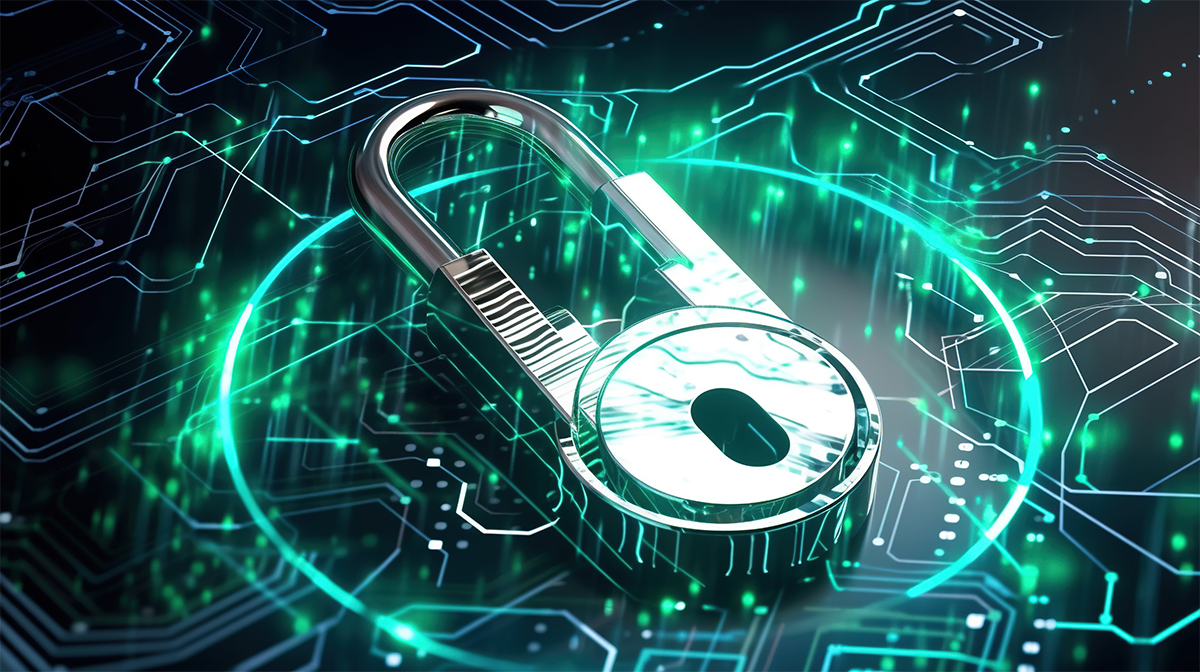As technology continues to evolve, so do the threats that businesses and individuals face in the digital landscape. Cybersecurity is a constantly shifting battlefield, with new threats emerging every day. In response, the intersection of artificial intelligence (AI) and cybersecurity has become a focal point for those looking to stay ahead of cybercriminals. This article explores how AI is being used to predict and prevent future threats, transforming the way we approach cybersecurity.
The Growing Complexity of Cyber Threats
Cyber threats have grown increasingly complex, making traditional security measures less effective.
Hackers are using sophisticated techniques, such as social engineering, zero-day exploits, and ransomware, to breach even the most secure systems. In this environment, relying solely on human expertise and conventional security tools is no longer sufficient. AI has emerged as a powerful ally in the fight against cyber threats, offering new ways to detect, predict, and prevent attacks.
One of the primary advantages of AI in cybersecurity is its ability to process vast amounts of data quickly and accurately. Cybersecurity involves monitoring networks, analyzing logs, and identifying patterns that may indicate a potential threat. This is a monumental task for human analysts, but AI can analyze data at scale, detecting anomalies and suspicious activities in real-time.
Predictive Analytics and Threat Hunting
AI’s ability to predict future threats is one of its most valuable contributions to cybersecurity. Through predictive analytics, AI can analyze historical data and identify patterns that suggest the likelihood of future attacks. This proactive approach allows organizations to anticipate threats before they materialize, rather than merely reacting to them after the fact.
For example, AI-powered systems can identify unusual patterns of behavior within a network, such as an increase in failed login attempts or the unexpected transfer of large amounts of data. These anomalies may indicate a potential breach or an insider threat. By flagging these activities early, AI allows cybersecurity teams to investigate and mitigate threats before they cause significant damage.
In addition to predictive analytics, AI is also transforming threat hunting. Threat hunting involves actively searching for potential threats within a network, rather than waiting for automated systems to detect them. AI enhances this process by providing threat hunters with advanced tools and algorithms that can sift through data more efficiently, identifying potential threats that may have gone unnoticed by traditional methods.
Automating Incident Response
When a cyberattack occurs, time is of the essence. The faster an organization can respond, the less damage the attack can inflict. AI plays a critical role in automating incident response, enabling faster and more effective reactions to security incidents.
AI-powered systems can automatically detect and respond to threats in real-time, reducing the need for manual intervention. For example, when a potential malware infection is detected, an AI system can automatically isolate the affected device from the network, preventing the malware from spreading. Similarly, AI can automate the process of applying security patches, ensuring that vulnerabilities are addressed promptly.
By automating these tasks, AI not only accelerates incident response but also frees up cybersecurity professionals to focus on more complex and strategic aspects of security. This is particularly valuable for small and medium-sized businesses that may not have the resources to maintain a large cybersecurity team.
Enhancing User Authentication and Access Control
AI is also making significant strides in enhancing user authentication and access control, two critical components of cybersecurity. Traditional authentication methods, such as passwords, are increasingly vulnerable to attacks. AI offers more secure alternatives, such as biometric authentication and behavioral analysis.
Biometric authentication uses unique physical characteristics, such as fingerprints or facial recognition, to verify a user’s identity. AI enhances the accuracy and reliability of these systems, making them more secure and user-friendly. Behavioral analysis, on the other hand, involves monitoring a user’s behavior, such as typing patterns or mouse movements, to detect unusual activities that may indicate an unauthorized user.
By integrating AI into authentication and access control, organizations can reduce the risk of unauthorized access and protect sensitive data more effectively.
Challenges and Ethical Considerations
While AI offers numerous benefits in cybersecurity, it also presents challenges and ethical considerations. One of the primary concerns is the potential for AI to be used by cybercriminals. Just as AI can be used to detect and prevent attacks, it can also be used to create more sophisticated malware or to automate phishing campaigns.
Additionally, the use of AI in cybersecurity raises questions about privacy and data security. AI systems rely on large amounts of data to function effectively, and this data often includes sensitive information. Organizations must ensure that this data is stored securely and that AI systems are designed with privacy in mind.
Finally, there is the challenge of ensuring that AI systems are transparent and accountable. As AI becomes more integrated into cybersecurity, it is essential to have mechanisms in place to understand how AI makes decisions and to ensure that these decisions are fair and unbiased.
Conclusion
The intersection of AI and cybersecurity represents a new frontier in the fight against cyber threats. By leveraging AI’s capabilities in predictive analytics, threat hunting, incident response, and user authentication, organizations can stay ahead of emerging threats and protect their digital assets more effectively. However, as AI continues to evolve, it is essential to address the challenges and ethical considerations that come with it.
Also read: How IT Support Can Drive Innovation in Startups and Small Businesses 





